What is Section 179D?
In 2005, the Energy Policy Act, known as EPAct, was created. When it went into effect on 01 January 2006, EPAct, also known as Section 179D, provided tax savings for business owners of newly constructed or remodeled facilities that demonstrated improved energy savings. Issued by lawmakers annually, EPAct 179D did expire at the end of each year and had to be voted back into operation. Considered a tax incentive for energy reduction practices, it provided three different partial deductions that can add up to save commercial business owners thousands in taxes. These deductions, which can reach a maximum of $1.80 per square foot, are as follows:
- Interior Lighting: $0.60 per square foot;
- Building Envelop Improvements: $0.60 per square foot; and
- HVAC System Upgrades: $0.60 per square foot.
While $1.80 may not sound like a lot, consider the size of your commercial structure. A 100,000 square foot commercial building, for example, could receive a tax credit that ranges anywhere between $60,000 and $180,000 depending which upgrades were made under the Section 179D guidelines. (Yes, your commercial building can qualify for one or all of these deductions; whole and partial deductions are possible.)
Want a peek at the results your organization could see with an LED lighting retrofit form Action Services Group? Our Case Studies share some of our customers’ amazing results! Want visuals? Check out the Grainger Case Study, with a Google Web Story.
The COVID-19 Stimulus Package & Section 179D Updates
As lawmakers issued millions of Americans a COVID-19 stimulus package, they also extended tax benefits under 179D. In fact, they did more than just extend this act. They made it permanent. In fact, when the COVID-19 stimulus package was signed by the President, others changes to Section 179D were also enacted. These included:
- 2020 Lighting Retrofits & Building Upgrades: Qualified upgrades became eligible for tax deductions.
- Permanent Extension: All tax benefits under Section 179D were made permanent.
- Inflation Adjustments: Partial and full tax deductions, currently capped at $1.80 per square foot, will grow each year to correspond with inflation.
- ASHRAE Standards: Projects will be compared to the American Society of Heating, Refrigerating, and Air Conditioning Engineers (ASHRAE) standards that were published up to 2-years prior to the start of construction.
- Retroactive Claims: Claims are retroactive; construction that occurred between 2006 and today are eligible.
- Apartments (with four or more stories);
- Industrial Buildings;
- Office Buildings;
- Retail Buildings; and
- Warehouses.
Tax Deduction for LED Lighting Qualifications
As with any tax deductions, there are qualifications that must be met prior to receiving any benefits.
Building Types
Under the EPAct 179D, commercial buildings include:
Maximum Deductions
To qualify for maximum deductions, the energy and power consumption of commercial buildings must be reduced by at least 50%. This reduction is compared to the ASHRAE Standard 90.1-2007 for construction or upgrades made after 01 January 2018. (For upgrades or construction that occurred between 2006 and 2018, reductions are compared to ASHRAE Standard 90.1-2001.)
Partial Deductions
As stated previously, partial reductions are also available. However, these deductions are based on at least 10% reduction of energy consumption. These reductions are again compared to the respective ASHRAE Standard 90.1 version. There are several organizations with services available to help with the tax deduction process.
If you are planning to retrofit your lighting in 2020, we have several eBooks to help get the process started. We suggest starting with A Critical Guide to Setting Criteria Goals for Your LED Project, and then to see what your savings could be read, Calculating Energy Savings and ROI on any Lighting Project.
Action Services Group Can Help with Section 179D Upgrades
Tax deductions for LED lighting and other such qualified upgrades can be financially beneficial to any business. This is especially true when it comes to economic impacts related to COVID-19. The experts with Action Services Group can help identify upgrades that may qualify for 179D tax deductions. If you are interested in learning more about EPAct 179D and LED lighting upgrades, we can help. Contact Action Services Group today regarding your LED lighting retrofit and potential tax deductions, by calling 610-558-9773 or email [email protected].

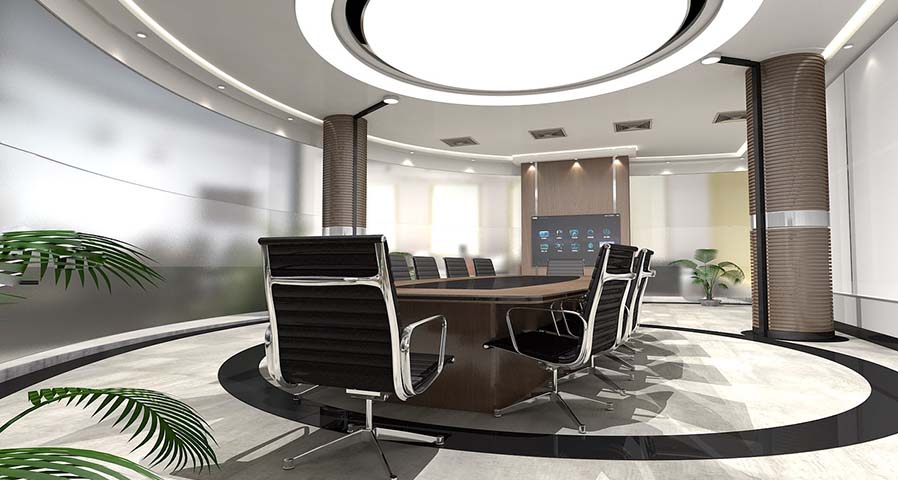
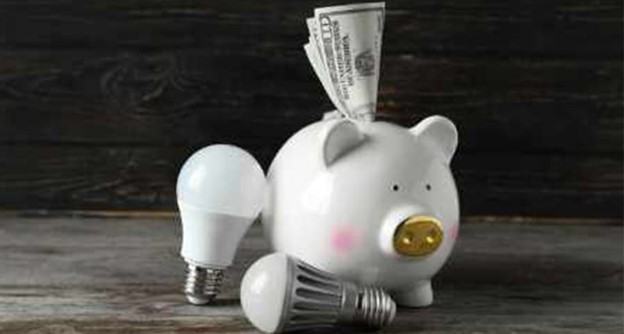
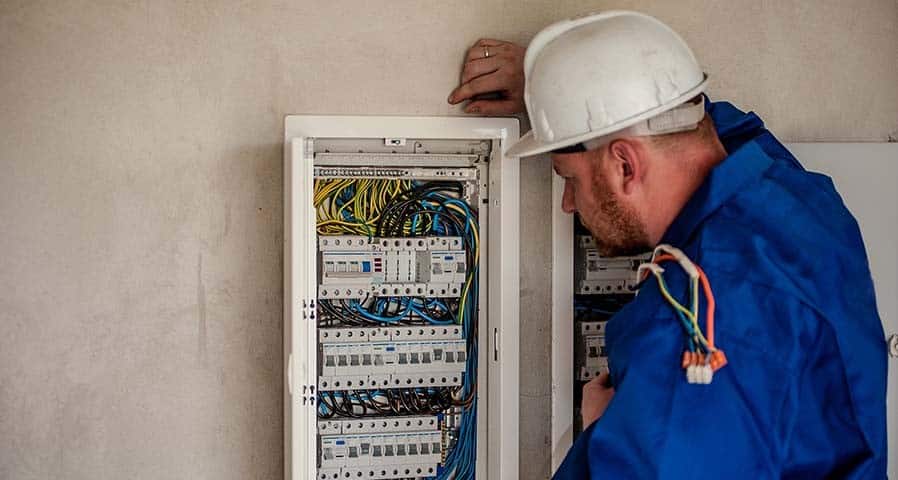
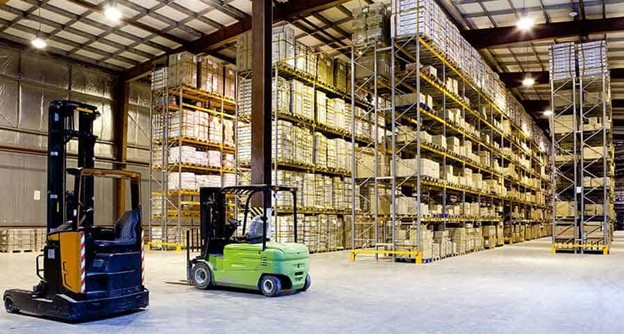
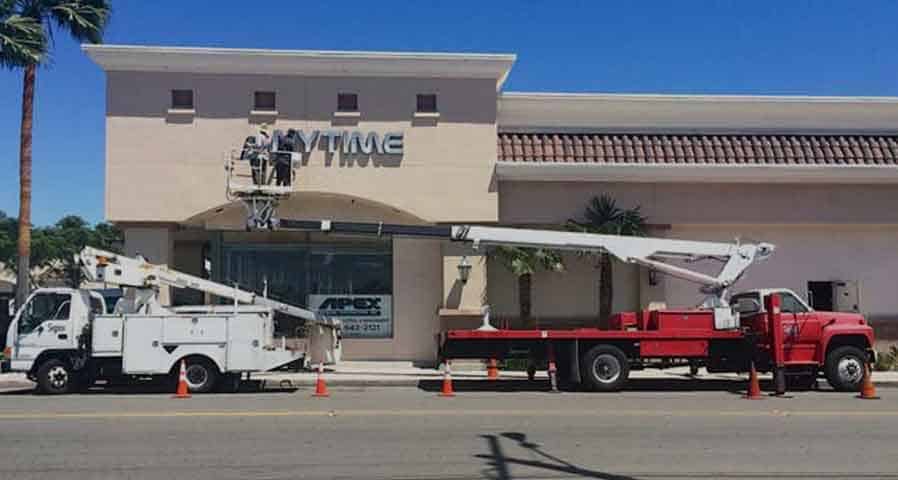
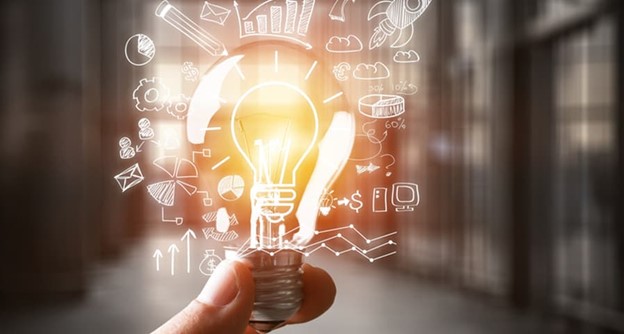
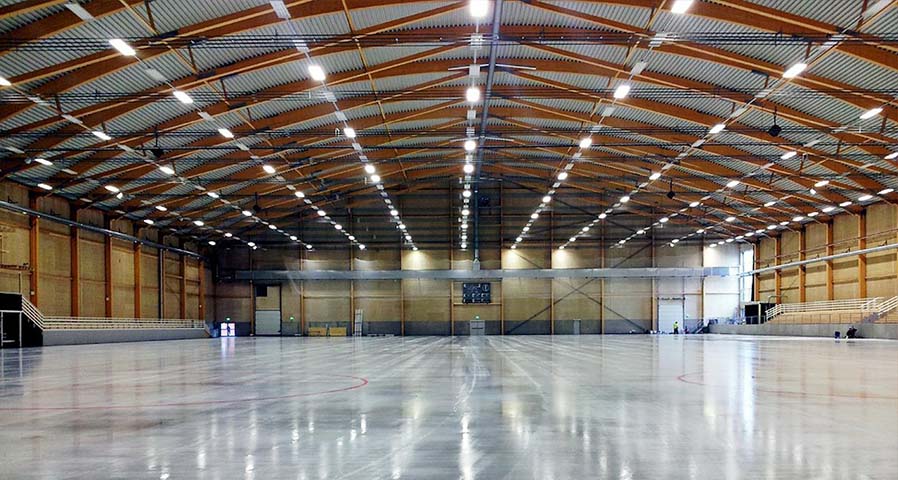
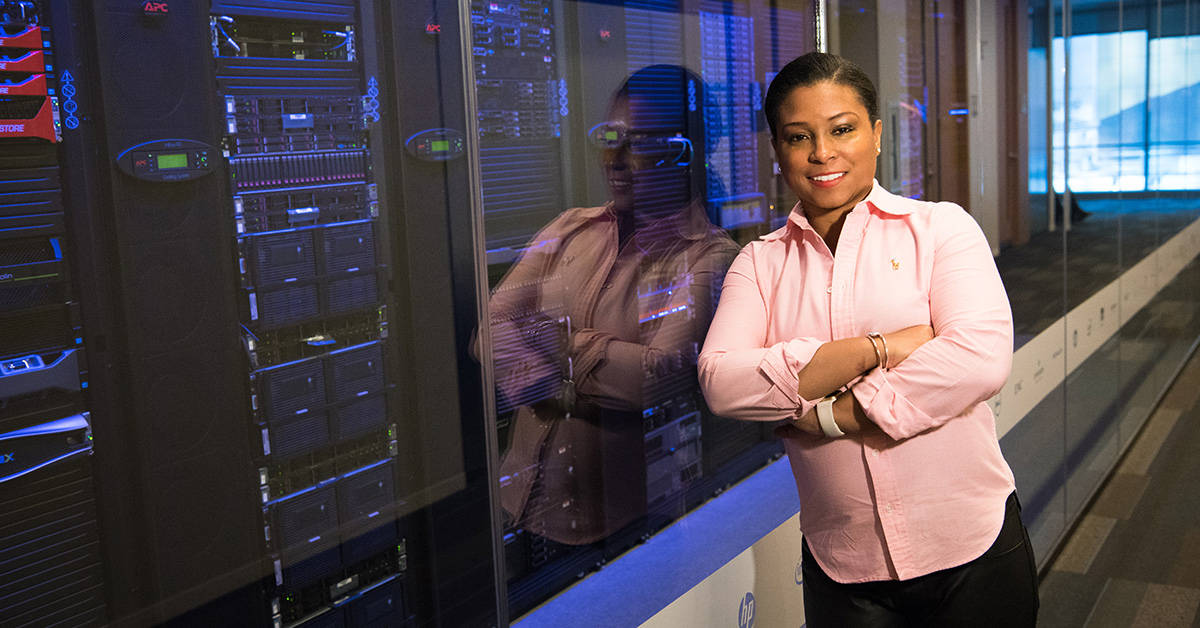





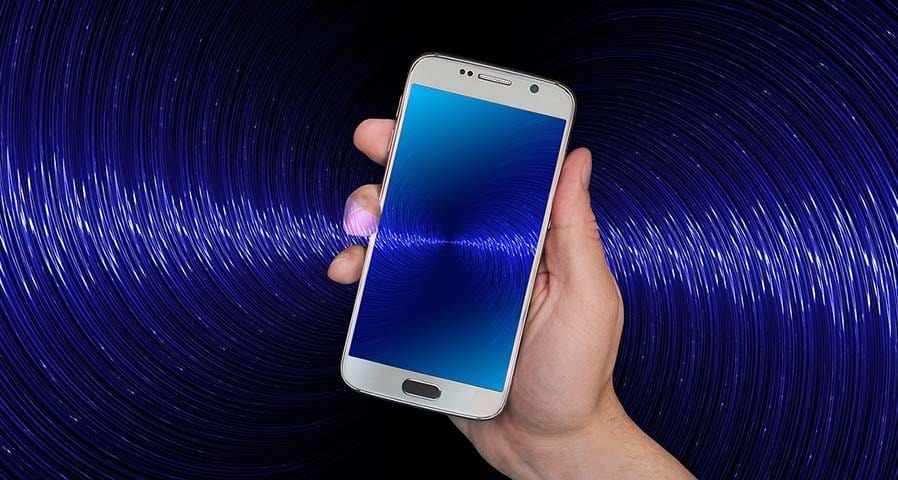
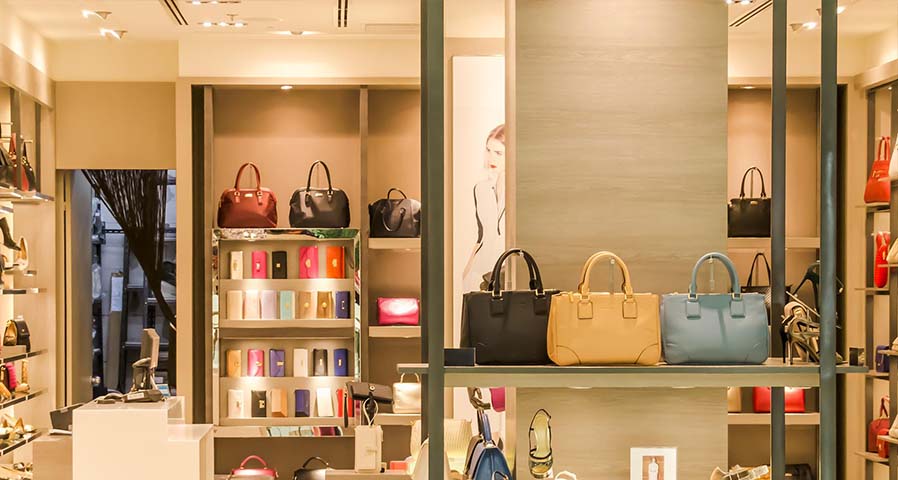
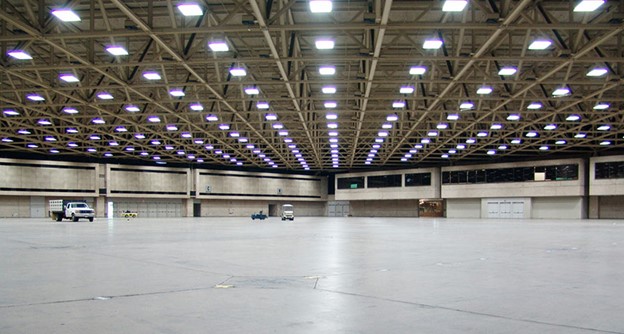
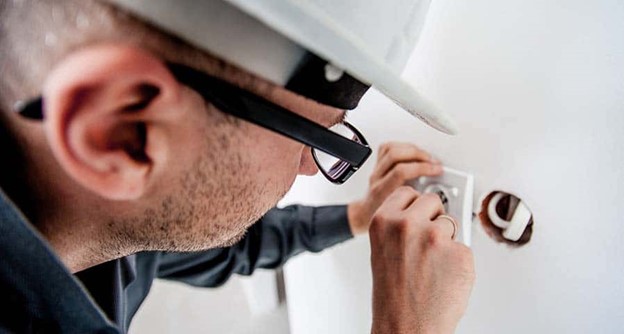
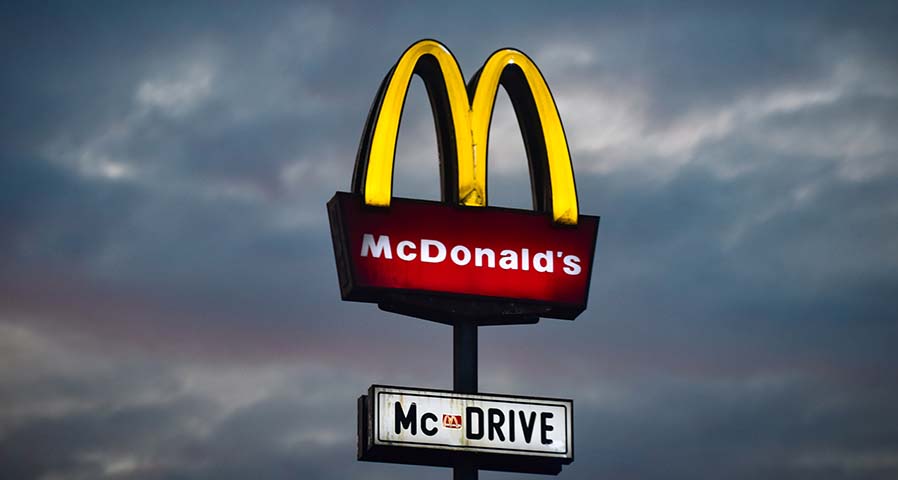
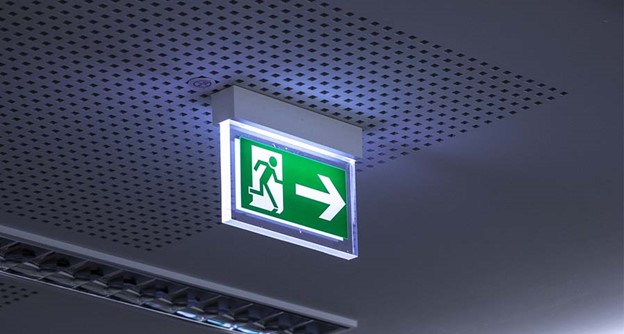
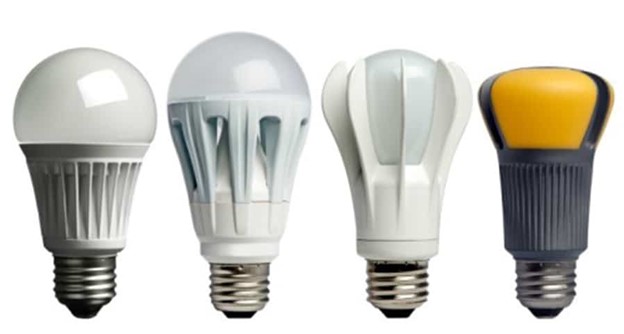
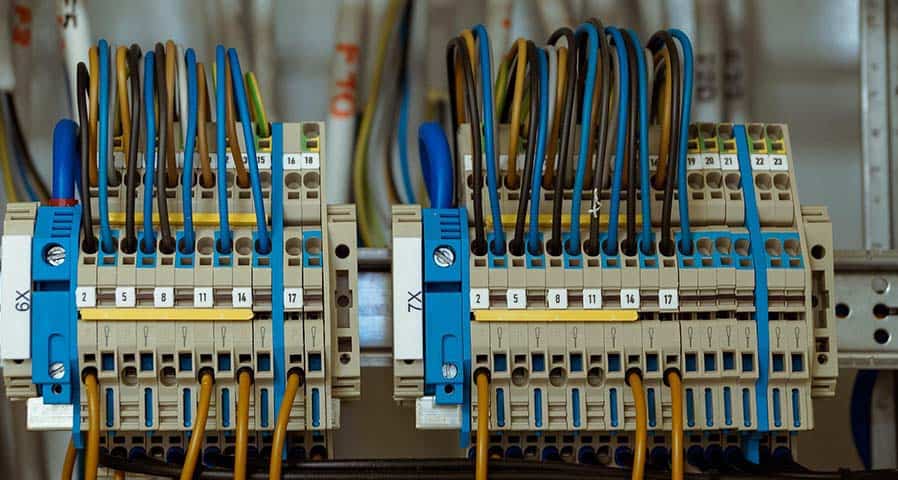
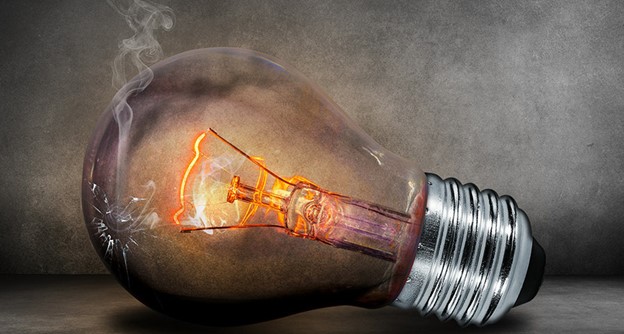

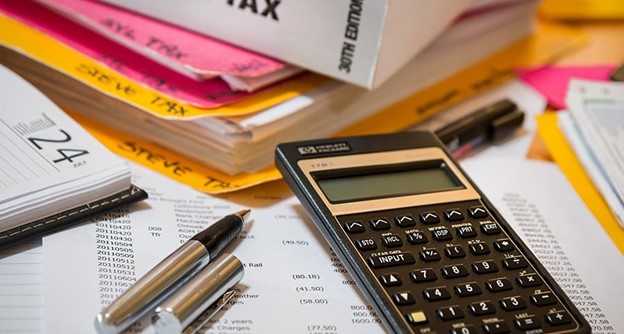
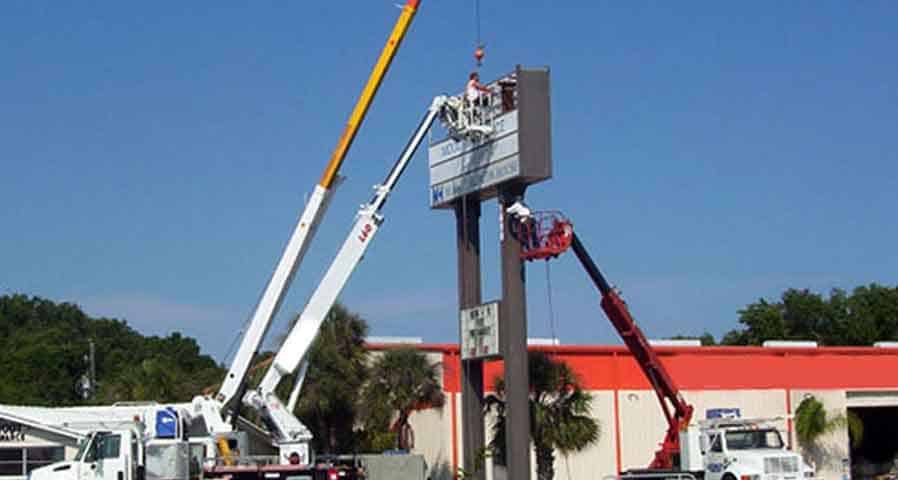

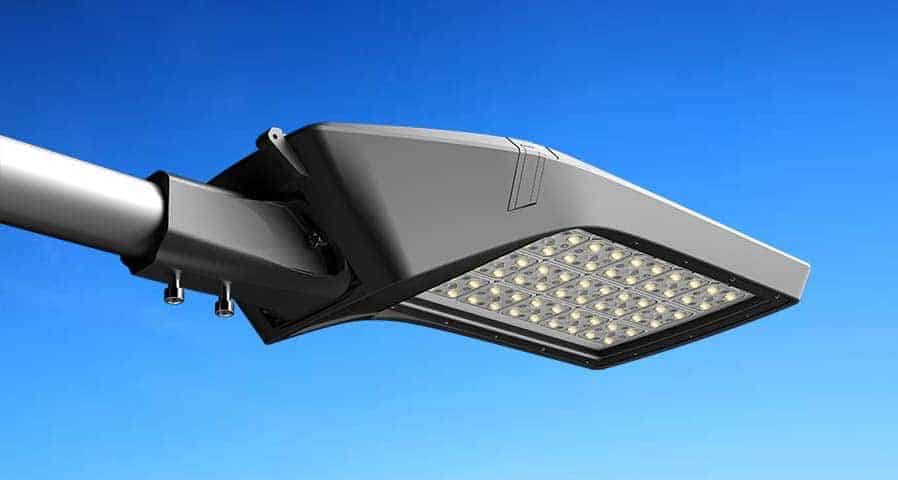
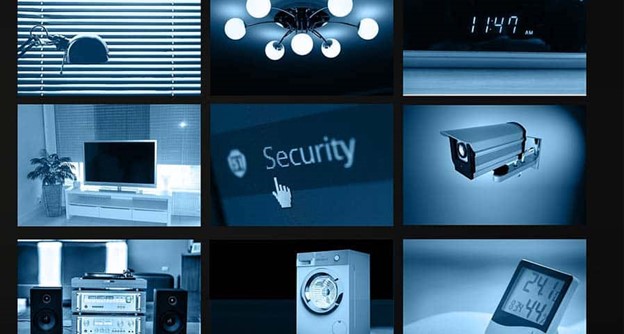
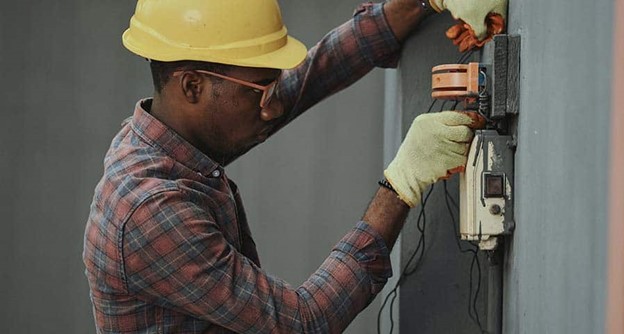
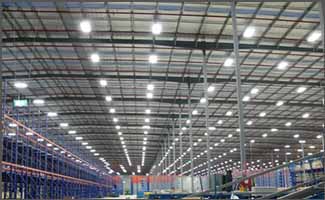
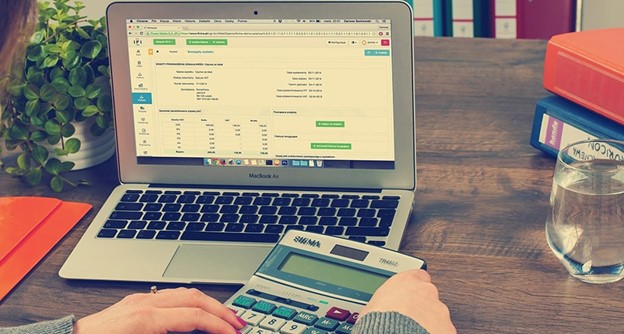

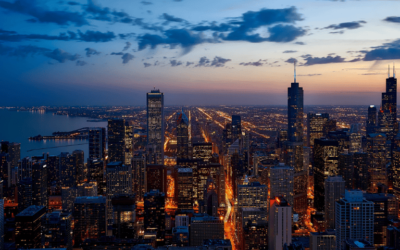
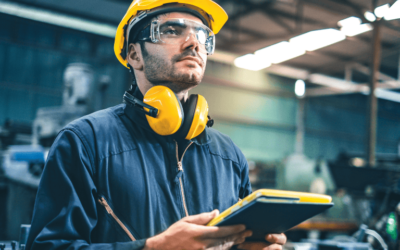
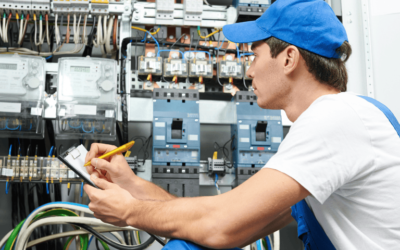

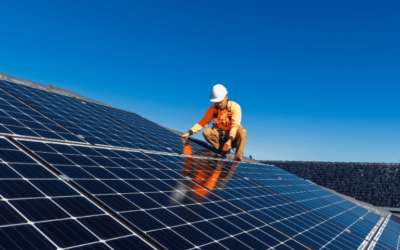
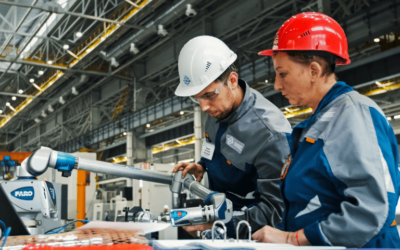
0 Comments